Hi, it’s Fliss at Zen and welcome back to the Language and Communications Mastery series.
So, I want to talk to you today about the remaining three of the Satir hand gestures. Those of you who are following along on the #zencommsmaster will know that we’ve already covered two of those. We’ve talked about the Placator and we’ve talked about the Blamer.
But for those of you who are new to this, Virginia Satir was an American relationship and family therapist, very prominent in the 80s and into the early 90s. She discovered that the use of five very distinct and very specific hand gestures could create a reliable and emotional connection in the people that were being communicated with. And this was picked up as part of Neuro-Linguistic Programming (NLP) - it was something that was taught to people who wished to be very deliberate in their communication. And from a business perspective it can be wildly powerful when used correctly.
So, we have the Placator. The Placator is when you actually have your hands down. It’s very much open palms and you might bob your hands. It’s pleading. From a power balance perspective, you are gifting your power to the people who you are communicating with.
We’ve talked about the Blamer, the Donald Trump as it’s now known. You’d sit with your hands on your hip, and you would have a pointed finger that you may use to punctuate everything you say. The Blamer is wildly powerful when you want your audience, or the person that you’re communicating with, to take responsibility.
Now, there are three others.
Leveller is one of my favourites and is a firm favourite of politicians the world over. Just watch Barrack Obama when he’s at his best and he does Leveller like a complete pro. Leveller is actually palms facing down and elbows quite relaxed and in. Leveller is what you’d use alongside quite a neutral, balanced, modulated tone of voice. Essentially, what you’re saying is 'enough', 'drawing an end', 'you can trust me', 'I’m levelling with you', ' I’m trustworthy'. What you’re going to do is very gently push your hands down. Now, you’ll use that two or three times – you’re not looking at bouncing – this isn’t some kind of a fitness exercise, you’re just looking at applying downwards pressure.
So, to give you context of where that might work, I might say to you whilst I’m presenting: “I say enough. We have had enough. We have done enough. The time is right”. I’ll then put my hands back to neutral and I may move on with some other hand gestures. So, essentially think of it as I am levelling with you.
You also have the Computer, and the Computer is great. Perhaps less so within a board setting, slightly more so in a wider group setting. But, if you want someone to think that you’re giving really considered thought to whatever they’re talking about, use the Computer. And, that’s going to be a single finger up here, you may well have your hand here, and rest. So, this is 100% saturation of Computer. I’m really giving that some thought. Now, that can work on a stage, but you can reduce some of it. You can let the hand go, you can reduce the thumb from under the chin. What you might find is that just actually resting a finger on the cheekbone can work in a smaller setting, in a Board Room . What you’re doing when you’re using this, is you’re gifting someone the ability to trust that you are listening and giving due care and thought to whatever they’re saying. It allows people to feel heard, and quite often once they’ve said their piece they’re ready to hear what you have to say. So, that can be powerful in negotiations.
Another of the hand gestures – the fifth of our five – is the Distractor. Now, the Distractor is when you’re looking at almost shrugging your shoulders, so you’re distracting from your role in something. Imagine standing on stage and something goes horribly wrong, and you want to distance yourself from that, you would use the Distractor. You’re going to not have a straight spine, you’re going to find yourself at a bit of an angle, your hands and your arms, everything is about asymmetry. It’s about being big, and it’s about being bold, and it’s about doing things that are just a little bit crazy, and you’re just having a bit of a moment. What you’re essentially doing is distracting from the linear run of whatever you
were
doing, and you’re moving people into a new path.
So, just to confirm we have five of the Satir hand gestures. We have the Blamer, we have the Placator, we have the Leveller, we have the Computer, and we have the Distractor.
I hope that you’re able to apply those into your own everyday communication and language, and would love to hear how they land.
Do get in touch, do share any feedback or comments in the message below, and look out for the #zencommsmaster to pick up and follow up with any future Language and Communications Mastery insights. Thanks so much.

Meet the Author
As one of the UK's leading experts in the applied psychology of language, Fliss has helped Boards, leadership teams, and c-suite executives from across the world to communicate with influence, integrity, and impact. A psycholinguist, voice dialogue, and NLP Practitioner, Fliss is also trained in influence and persuasion, and behavioural psychology, and is a certified empowerment coach and trainer. Fliss heads-up The Ultimate Advantage, a dedicated language and communications mastery coaching and training consultancy, as well as Zen Communications, a successful PR and content agency. She regularly speaks on all aspects of compelling communication and is a popular podcast guest.
If you loved this then give it a share!


Download our guide to learn the five secrets to compelling communications.



